-
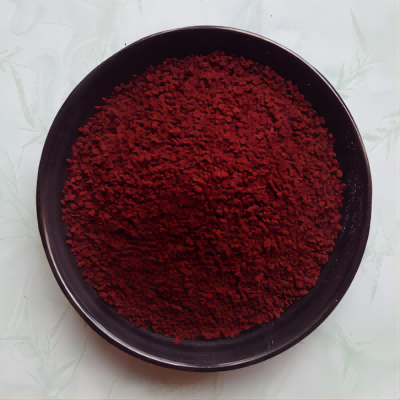
EDDHA Fe 6% ortho 5.4 CAS:16455-61-1
EDDHA Fe 6% ortho 5.4 is a new plant nutritional supplement, with features of high solubility, high efficiency, quick effect, and wide suitability, etc. It can be rapidly absorbed by crop from PH3 to PH10; EDDHA Fe 6% ortho 5.4 has significant effects on Yellow-leaf Disease of fruiter, vegetable and crop, caused by iron deficiency; it can promote the chlorophyll synthesis of crop, enhance the photosynthesis and increase the yield effectively.
-
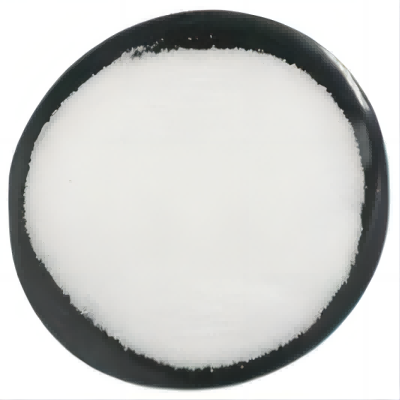
Ammonium Chloride CAS:12125-02-9 Manufacturer Supplier
Ammonium chloride is a white crystalline solid. Ammonium chloride is soluble in water(37%). The primary hazard is the threat posed to the environment. Immediate steps should be taken to limit its spread to the environment. Ammonium chloride is used to make other ammonium compounds, as a soldering flux, as a fertilizer, and for many other uses.
-
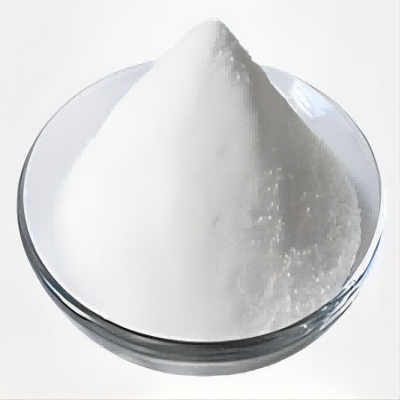
Zinc Oxide CAS:1314-13-2 Manufacturer Supplier
Zinc oxide occurs in nature as mineral zincite. It is the most important zinc compound and has numerous industrial applications. Zinc oxide is the pigment in white paints. It is used to make enamels, white printing inks, white glue, opaque glasses, rubber products and floor tiles. It is used in cosmetics, soaps, pharmaceuticals, dental cements, storage batteries, electrical equipment, and piezoelectric devices.
-
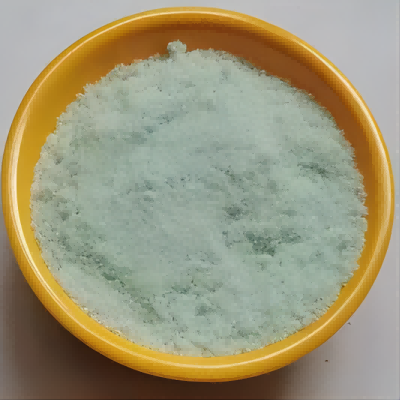
Ferrous Sulfate CAS:7720-78-7 Manufacturer Supplier
Ferrous sulfate commonly known as alum, is a blue-green crystal or particles, mainly used for iron fertilizer, pesticides, pigments, medicine, etc., in addition to chromatographic analysis reagents. It is a by-product of the sulfuric acid process in the production of a rare metal product. The product is a light green or yellowish-green crystalline solid.
-

Potassium Dihydrogen Phosphate CAS:7778-77-0
Potassium dihydrogen phosphate is a kind of highly efficient and rapid dissolving phosphorus and potassium compound fertilizer containing, phosphorus and potassium, two elements for providing the necessary nutrients for plant growth and development, being applicable to any soil and crop, especially being applicable to the treatment of regions of simultaneous lack of phosphorus and potassium nutrients and phosphorus-preferred and potassium-preferred crops. It is mostly used for root top dressing, seed soaking, and seed dressing, being able to yield significant effect.
-

1-methylcyclopropene CAS:3100-04-7 Manufacturer Supplier
1-Methylcyclopropene (1-MCP) is a derivative of cyclopropene, a small cyclic olefin with active chemical properties. 1-MCP is a synthetic plant growth regulator and is now widely used in commercial applications.It has a role as a plant growth regulator and an agrochemical. It is a member of cyclopropenes and a cycloalkene.
-
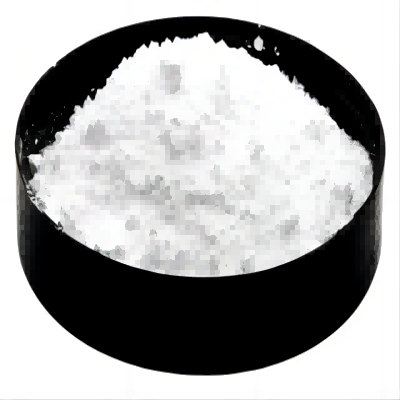
Sodium Nitrate CAS:7631-99-4 Manufacturer Supplier
Sodium Nitrate is the salt of nitric acid that functions as an antimi- crobial agent and preservative. it is a naturally occurring substance in spinach, beets, broccoli, and other vegetables. it consists of color- less, odorless crystals or crystalline granules. it is moderately deli- quescent in moist air and is readily soluble in water. it is used in meat curing to develop and stabilize the pink color. see nitrate.
-
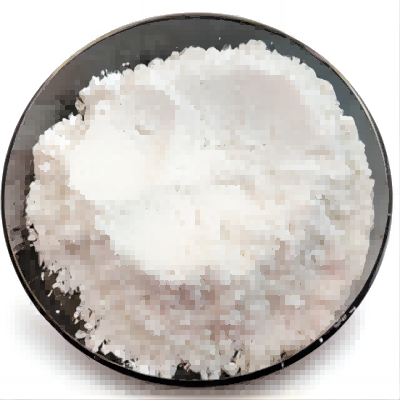
CPPU CAS:68157-60-8 Manufacturer Supplier
CPPU is a member of the class of phenylureas that is urea substituted by a phenyl group and a 2-chloropyridin-4-yl group at positions 1 and 3 respectively. It is a plant growth regulator widely used in agriculture for improving fruit quality and fruit size. It has a role as a plant growth regulator. It is a member of phenylureas and a monochloropyridine.
-
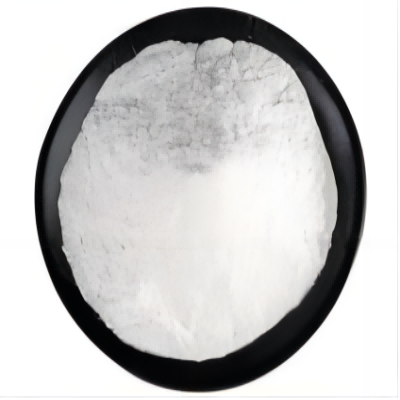
3-Indoleacetamide CAS:879-37-8 Manufacturer Supplier
Indole-3-acetamide is a member of the class of indoles that is acetamide substituted by a 1H-indol-3-yl group at position 2. It is an intermediate in the production of plant hormone indole acetic acid (IAA). It has a role as a fungal metabolite, a bacterial metabolite and a plant metabolite. It is a N-acylammonia, a monocarboxylic acid amide and a member of indoles. It is functionally related to an acetamide.
-
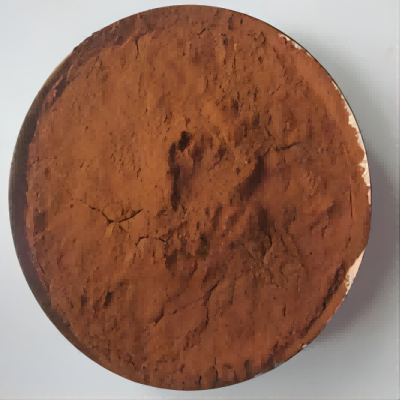
Bio Fulvic Acid Powder 80% CAS:479-66-3
Bio Fulvic Acid Powder 80% is a highly active organic substance that is stored underground and transformed for many years. It is refined through scientific proportioning. It is the essence of humic acid. It has high quality, concentration, and water solubility. It does not contain any hormones and is non-toxic, High-efficiency, high-activity, non-polluting and full-nutrient fertilizer for the environment. It is an easy-to-use organic green product.
-
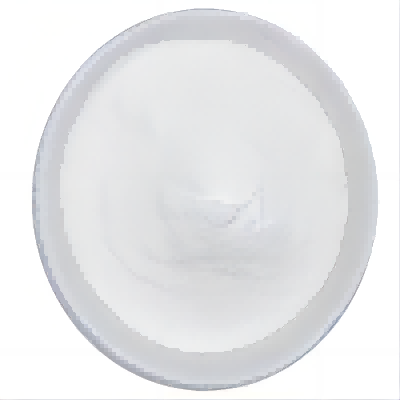
Sodium Molybdate CAS:7631-95-0 Manufacturer Supplier
Sodium molybdate is an acid phosphatase inhibitor. the osteoclastic acid phosphatase isoenzyme, secreted by osteoclasts, is a member of a widely-distributed class of iron-containing proteins with acid phosphatase activity. Sodium molybdate has corrosion resistant properties. On heating, it undergoes degradation and releases Na2O fumes.
-
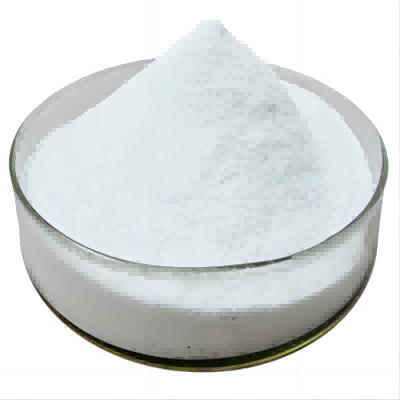
Paclobutrazol CAS:76738-62-0 Manufacturer Supplier
Paclobutrazol (PBZ) is a triazole-containing plant growth retardant that is known to inhibit the biosynthesis of gibberellins. It also has antifungal activities. PBZ, which is transported acropetally in plants, can also suppress the synthesis of abscisic acid and induce chilling tolerance in plants. PBZ is typically used to support research on the role of gibberellins in plant biology.

